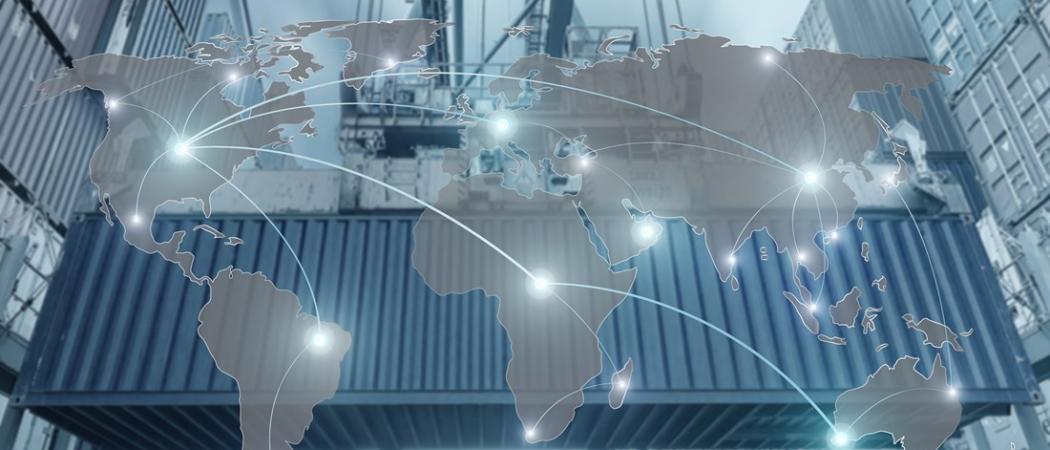
Testing of autonomous shipping facilitated by legislation; leading companies demonstrate augmented reality piloting assistance and auto-docking on ferries.
Combining a strong, established maritime ecosystem with world-leading capabilities in digitalization, sensoring and wireless technology, Finland is a global forerunner in the development of autonomous and remotely operated vessels. Bringing together both Finland-based and international companies with public sector organizations and innovation networks, the country's marine ecosystem benefits from effective cooperation, state-of-the art technology and strong government support.
In June of this year, the Finnish Parliament approved a legislative amendment that permits exemptions to minimum vessel manning requirements and watchkeeping for a fixed term in order to promote technological innovations. Entering into force on July 1st 2018, the new act facilitates sea trials at the world's first testing area for autonomous ships, located off the west coast of Finland. "The transformation towards autonomous ships will fundamentally increase the overall efficiency and safety of maritime transport," said Ms. Ulla Lainio, Arctic Maritime & Offshore from Finland Program Director, Business Finland. "With the opportunity to utilize a challenging wintertime marine environment and an existing open test area for autonomous vessels, Finland offers unique possibilities for companies looking to develop their offering in this field."
As the digitalization of maritime technology gains ground, Finnish leaders in the field are already implementing some of the world's first production deployments of advanced pilot assistance and autonomous vessel control solutions.
In Helsinki, Finland, ABB has successfully piloted the ABB Ability™ Marine Pilot Vision system onboard the Suomenlinna II ferry that serves the nearby island of the same name. The situational awareness solution makes operations safer and more efficient by offering real-time visualizations of the vessel’s surroundings, presenting the ship and its environment in ways beyond the capabilities of the human eye.
The installation of the solution onboard the Suomenlinna ferry is the world's first full-time production deployment of an augmented reality piloting assistance solution on a working vessel. In use since October 2017, the solution complements the existing navigation equipment of the ferry with advanced sensoring that enables accurate mapping and visualization of the vessel's surroundings irrespective of time of day or weather.
"The pilot project on the Suomenlinna ferry is a particularly valuable learning opportunity since Helsinki harbour is an extremely complex navigation environment, with vessel traffic ranging from large passenger ferries to work vessels and small pleasure craft," said Dr. Kalevi Tervo, Global Program Manager, ABB. "Additional challenges are posed by the demanding ice conditions that are encountered in the harbour during most winters. By piloting ABB Ability™ Marine Pilot Vision in this area, we can gather invaluable real-world data that will help establish the technical capabilities needed for the autonomous ships of the future."
Technology group Wärtsilä has successfully carried out testing of its innovative autodocking solution. The tests were carried out with the ‘Folgefonn’, an 83-metre long ferry owned by leading Norwegian operator Norled. The installation of autodocking on a ferry is a world first.
The autodocking tests took place in the first half of 2018 and included actual harbour docking trials. At no time during the tests did the captain need to take manual control. The system is activated some 2,000 metres from the berth and the vessel continues at normal transit speed. The system then performs a gradual slowing and performes line-up and docking manoeuvres fully automatically. The system allows the ship’s officers to focus on situational awareness outside the wheelhouse, thereby improving the safety and reliability of operations.
"Autodocking technology delivers notable benefits to operators," said Roger Holm, President, Wärtsilä Marine Solutions. "These include improved safety since there is less likelihood of human error; less wear and tear since the thrusters are efficiently utilized; and greater efficiency in docking which allows more time at berth."
Finnish maritime companies are demonstrating their technology offering at the SMM maritime trade fair in Hamburg, Germany, from 4 to 7 September 2018. To schedule meetings and find out more, please see contact information below.
This release was first published 3 September 2018 by Business Finland.




 A unique international forum for public research organisations and companies to connect their external engagement with strategic interests around their R&D system.
A unique international forum for public research organisations and companies to connect their external engagement with strategic interests around their R&D system.